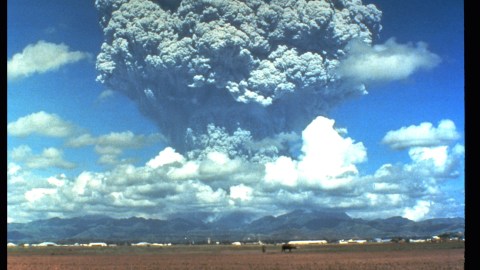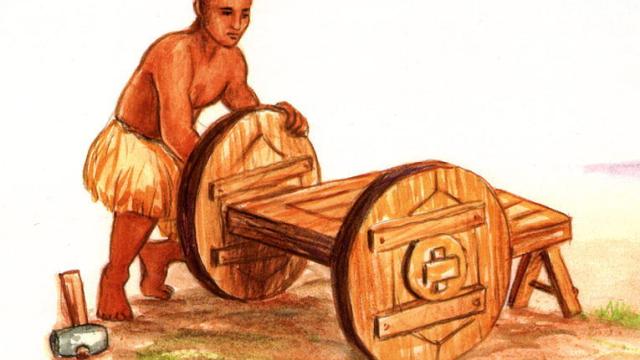Plan B: Two Options for Climate Engineering

The best way to address climate change is to stop pumping greenhouse gases like carbon dioxide into the atmosphere. That would eventually halt the progress of climate change and eventually the planet’s biosphere would suck that CO2 out. We have targets for that but right now we’re not doing so well at hitting those targets. It actually looks like we’re going to blow past what scientists tell us are the safe limits of the amount of CO2 we can have in the atmosphere. So we need a backup plan.
The backup plan is geoengineering or climate engineering. That refers to humans taking some larger action to slow down climate change or even reverse it. And there are two ways you can do this. One is you can reflect more sunlight into space. Put a solar shield around the planet that reflects a little bit of sunlight and bounce less than one percent back into space. Now that sounds very hard, but this shield isn’t a bunch of space stations or satellites. It’s tiny molecules, aerosols. So this idea first emerged during the eruption of a volcano called Pinatubo. When Mount Pinatubo erupted several years ago it cooled the whole planet by about half a degree for the next two years. Scientists said this happened because of these aerosol molecules that got into the stratosphere, high in the atmosphere.
These reflect just a little bit of sunlight back. So could we do that ourselves? That’s one thing to look about. That has some pros and cons. It would cool the planet but it has some side effects. It might change rainfall patterns and it also would not stop the acidification of the oceans that’s happening at the same time. So it’s of limited use but it might be good to stop the arctic ice cap from melting, for instance. That’s option one. Option one is relatively easy to do, but incomplete.
Option two is harder to do but more complete. Option two involves capturing the carbon dioxide that’s going into the atmosphere and pumping it deep underground or possibly into the oceans to store it. That CO2 came from coal and natural gas and oil that were originally deep underground. So can we capture CO2 that’s coming out, condense it and pump it back into the earth into places where it will stay for millions of years? We know that there are such places since that’s where the oil was, that’s where the coal was If we could do it at a sufficient scale, it would truly stop climate change or even allow us to reverse climate change. But it’s a massive, massive, massive engineering task.
The amount of piping we’d need, the volume of liquid we’d have to pump, would be about seven times as large as the entire oil industry around the world pumps out of the ground today. So in both of these we have some possible solutions that might at least help. And we’re not doing enough research on either of them. So I liken them to an airbag. You really don’t want to have a car accident at all but, guess what, as a planet we’re on an icy road right now and things aren’t looking so good and we might just crash into something. So we’d rather have that airbag there to blunt the blow than not have it.
In Their Own Words is recorded in Big Think’s studio.





